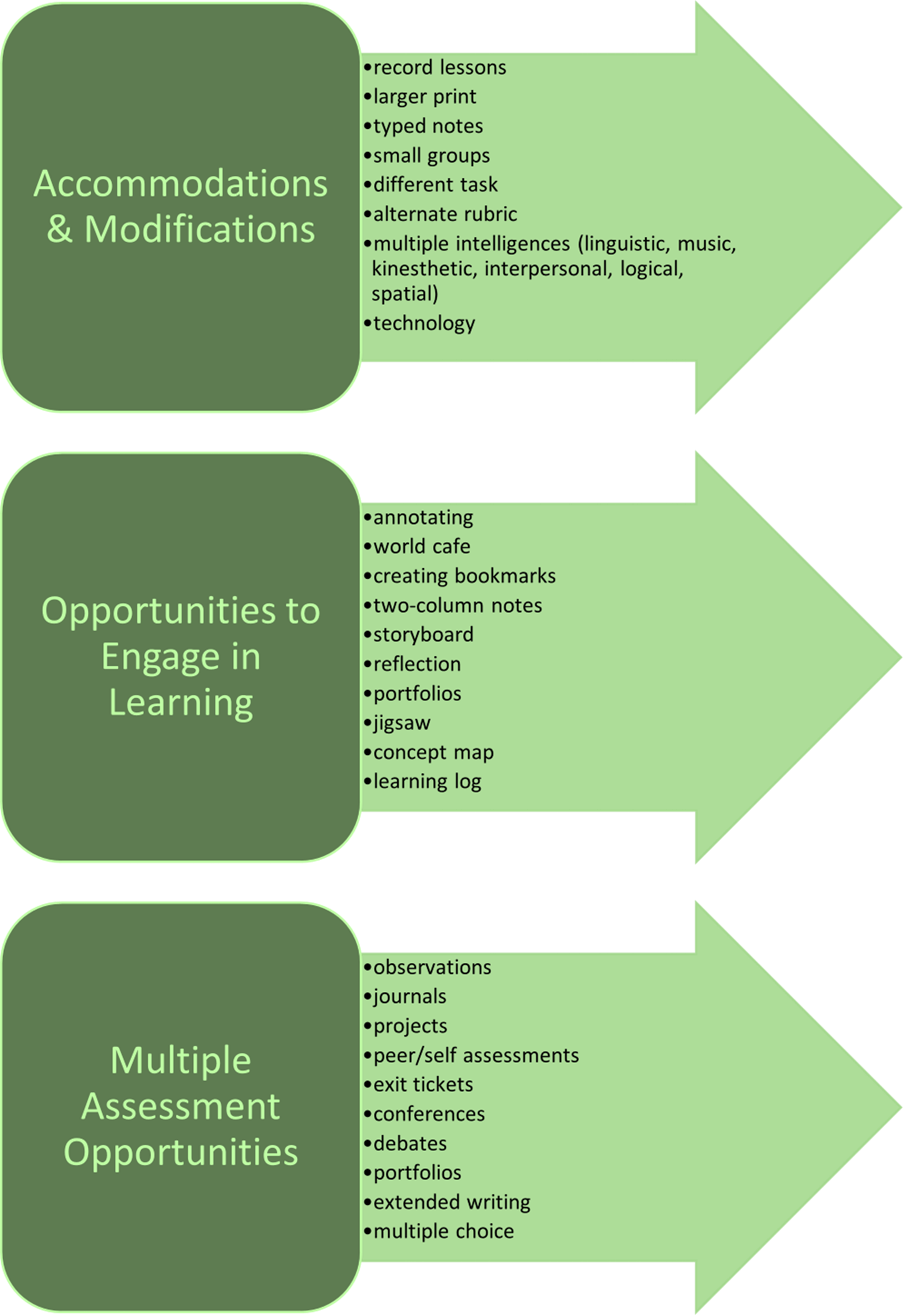Three Considerations for Modifying Curriculum for Equity
- Carissa McCray
- Jul 21, 2022
- 1 min read
Creating an equitable curriculum means creating a personalized experience for students. When teachers provide various learning opportunities, attempts to gain mastery, and options to demonstrate mastery, they create an equitable curriculum. Teachers face three primary considerations in order to personalize all areas of the curriculum.
Accommodations and Modifications: Accommodations and modifications allow students with multiple ways to engage in the material, be given altered material, and to be assessed differently.

2. Opportunities to Engage in Learning: Students should be given multiple and varied opportunities to engage in learning. One thing to keep in mind as students work on mastering various standards and skills is to evaluate the opportunities students have been given to engage in the learning. Ask yourself: How many times have I exposed students to this standard or skill? Then ask: How many of those were different opportunities?
3. Multiple Assessment Opportunities: Similar to providing various opportunities to learning information, skills, and standards, students should also be provided multiple opportunities to demonstrate mastery. These assessment practices should be both informal and formal, collaborative and independent, as well as close-ended and open-ended responses.
Excerpt from Equitable Instruction, Empowered Students by Carissa McCray






Comments